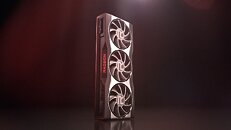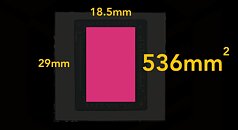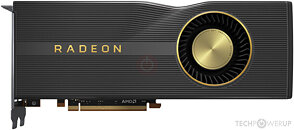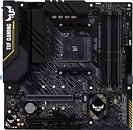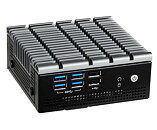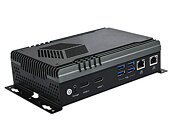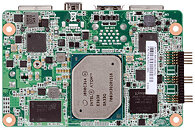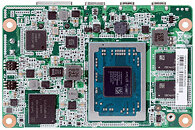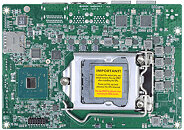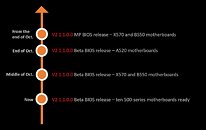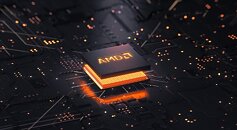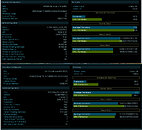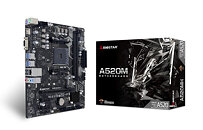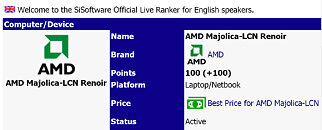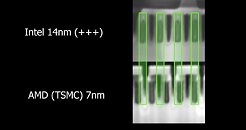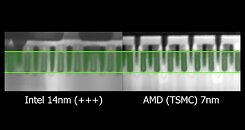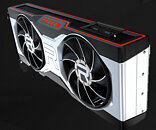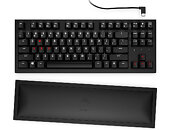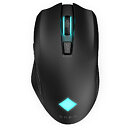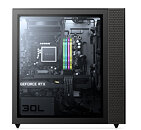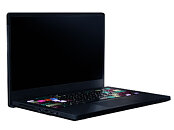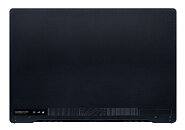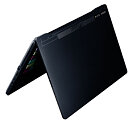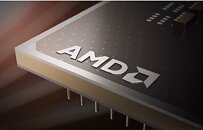Simply NUC Introduces a New Product Line of AMD Ryzen Mini PCs
Simply NUC, Inc, a leading mini computer integration company, today is announcing a new product line of mini PCs which will be based on the ASUS PN50, an ultracompact computer featuring 4000 Series AMD Ryzen Mobile Processors with Radeon Graphics. Aspen is in production and Simply NUC is now taking orders. "We are pleased to extend our AMD offering as we enter a new relationship with ASUS," said Aaron Rowsell, Simply NUC CEO. "Our Aspen product line has a rich set of features packed into a tiny form factor that will appeal to a broad offering of home and business usages."
Four new SKUs are being added to the Simply NUC mini PC product portfolio. High performing SKUs, ASPN50r8 and ASPN50r7 sport AMD Ryzen R7-4800U and R7-47000U processors with Radeon Vega 8 and Vega 7 graphics. And Simply NUC is also offering ASPN50r5 and ASPN50r3 SKUs enabling more affordable price points.
Four new SKUs are being added to the Simply NUC mini PC product portfolio. High performing SKUs, ASPN50r8 and ASPN50r7 sport AMD Ryzen R7-4800U and R7-47000U processors with Radeon Vega 8 and Vega 7 graphics. And Simply NUC is also offering ASPN50r5 and ASPN50r3 SKUs enabling more affordable price points.



